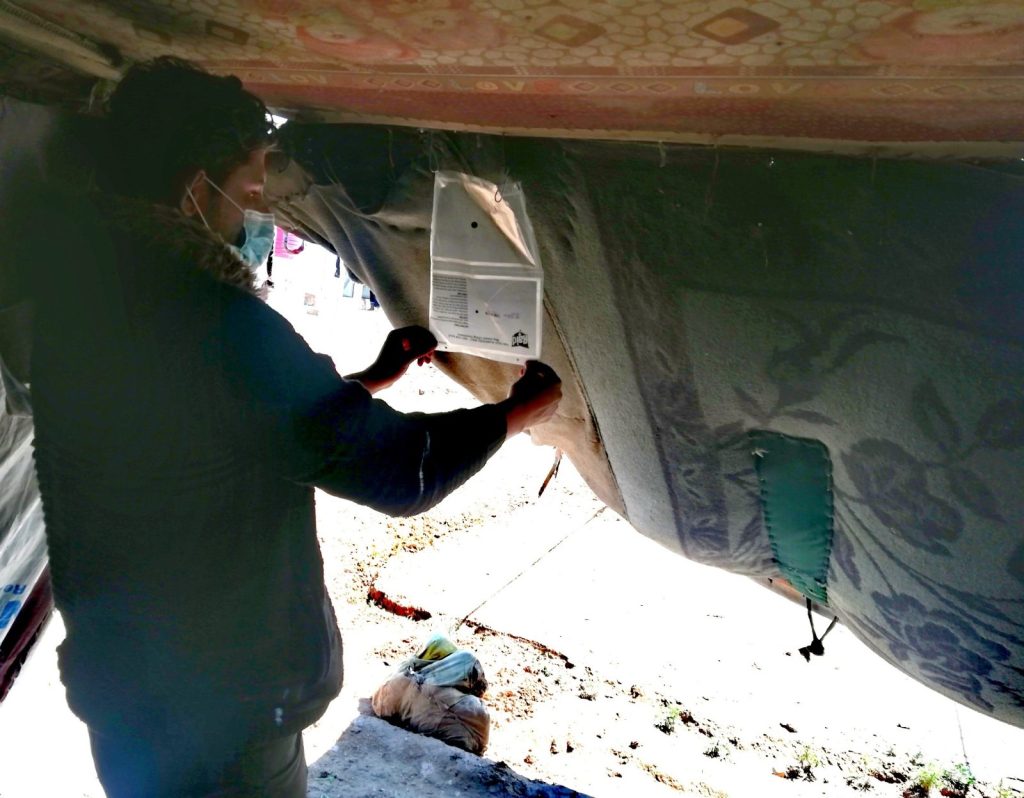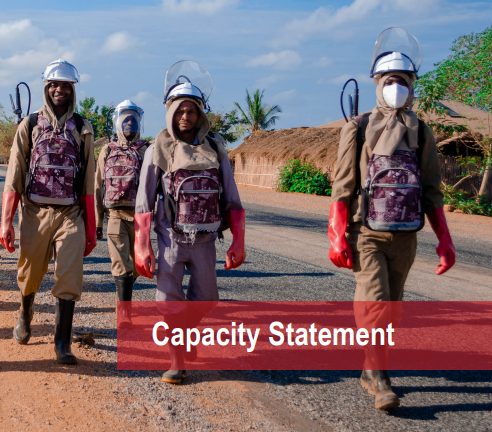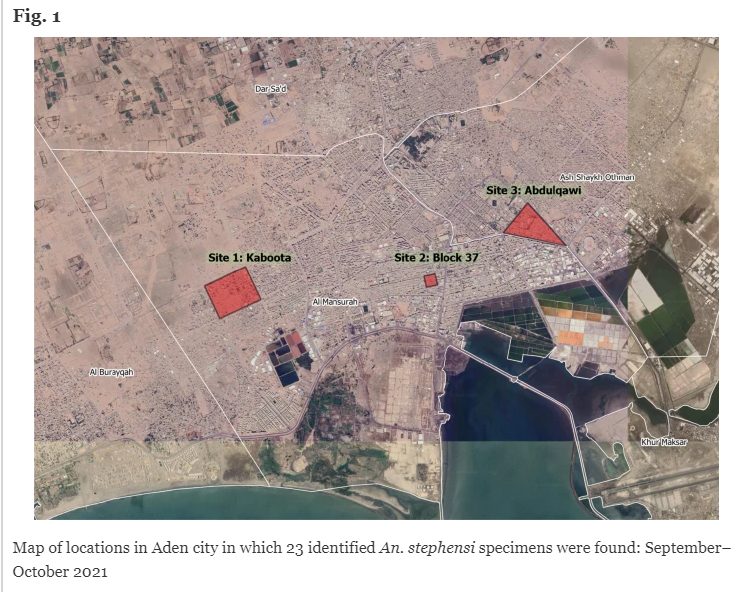Enhancing protection against vector-borne diseases in forcibly displaced communities: evaluating the efficacy of spatial repellents for cutaneous leishmaniasis control in North-East Syria

In Syria, during the 14 years after the outbreak of civil war, 16.7 million people have been forced to flee their homes, of which 7.2 million remain internally displaced in 2025. Breakdown in waste management caused by aerial bombardment has created ideal conditions for cutaneous leishmaniasis (CL) transmission, vectored by phlebotomine sandflies. Displaced populations reside in […]
MENTOR Capacity Statement

A document that outlines how we work and what we do to save lives in health emergencies and humanitarian crises.
Invasive vector found in Yemen IDP camps which has ‘significant consequences for malaria control’

A MENTOR-led entomological study in Internally Displaced Persons camps in Aden, Yemen has confirmed the presence of Anopheles stephensi mosquito, which has significant consequences for malaria control and elimination within this vulnerable urban population. Published in the Malaria Journal the study carried out in 2021 details how An. Stephensi is being established in the region […]
